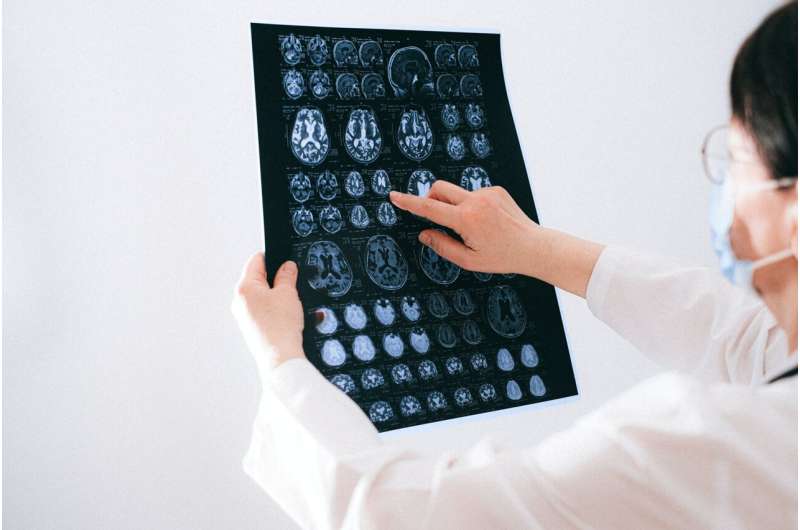Enhanced Stroke Detection in Women Could Save Lives and Reduce Healthcare Costs, New Research Shows

New research underscores the importance of improving stroke detection accuracy in women, promising to save lives and reduce healthcare costs through earlier diagnosis and intervention.
A groundbreaking study has revealed that improving the accuracy of stroke identification in women during pre-hospital emergency care can lead to significant health and economic benefits in Australia. Published in the Medical Journal of Australia, the research highlights that women are currently 11% less likely than men to be correctly diagnosed with a stroke by emergency medical staff, often resulting in delayed treatment.
The study employed sophisticated health economic modeling to assess the long-term impact of correcting this diagnostic gap. Findings indicate that if women received the same level of diagnostic accuracy as men, they could gain an average of 51 additional days of life, nearly a month of quality-adjusted life in perfect health, and healthcare cost savings of nearly $3,000 per patient. On a national scale, these improvements could translate into over 250 extra life years, 144 additional quality-adjusted life years (QALYs), and savings of approximately $5.4 million annually.
Accurate early stroke detection is critical for enabling timely administration of interventions like intravenous thrombolysis (IVT), particularly within the critical 60-minute treatment window. Currently, the widely used FAST (Face, Arm, Speech, Time) screening method fails to capture many strokes, especially those with atypical or subtle symptoms often seen in women. For example, Kelly Ryan, from Jordan Springs, experienced a stroke at age 32 that was initially misdiagnosed due to her symptoms not fitting the FAST criteria, resulting in a two-week delay in diagnosis.
This research emphasizes the need for enhanced recognition protocols that include symptoms beyond FAST, such as balance issues, vision changes, and nausea, which are more prevalent among women. Improving diagnostic accuracy not only increases the chances of administering prompt treatment but also reduces long-term disability and healthcare expenses.
The findings underscore the importance of educating medical staff to recognize diverse stroke symptoms in women and implementing protocols that ensure rapid and accurate diagnosis, ultimately saving lives and reducing costs.
Source: Medical Xpress
Stay Updated with Mia's Feed
Get the latest health & wellness insights delivered straight to your inbox.
Related Articles
Researchers Warn That Climate Monitoring Rollbacks Threaten Public Health
Urgent warning from researchers: The rollback of climate monitoring efforts jeopardizes public health by hindering disaster preparedness and response to climate-related health risks.
Increasing Female Participation in Cardiac Device Trials Enhances Outcomes for All Patients
A groundbreaking study demonstrates that increasing female participation in cardiac device trials improves outcomes for both women and men, emphasizing the need for diverse clinical research. Read more about how inclusive trials lead to better, personalized treatments.
Impact of Diabetes During Pregnancy on Children's Developmental Outcomes
A comprehensive study shows that children born to mothers with diabetes during pregnancy do not exhibit increased developmental or educational vulnerabilities, offering reassurance about the long-term outcomes of diabetic pregnancy when properly managed.
Innovative At-Home Foot Recognition AI Device Aims to Reduce Heart Failure Hospitalizations
A groundbreaking AI device designed for home use can detect early signs of worsening heart failure by monitoring foot edema, potentially reducing hospitalizations and improving patient outcomes. Developed by Heartfelt Technologies, this innovative system offers a proactive approach to managing cardiovascular health.



